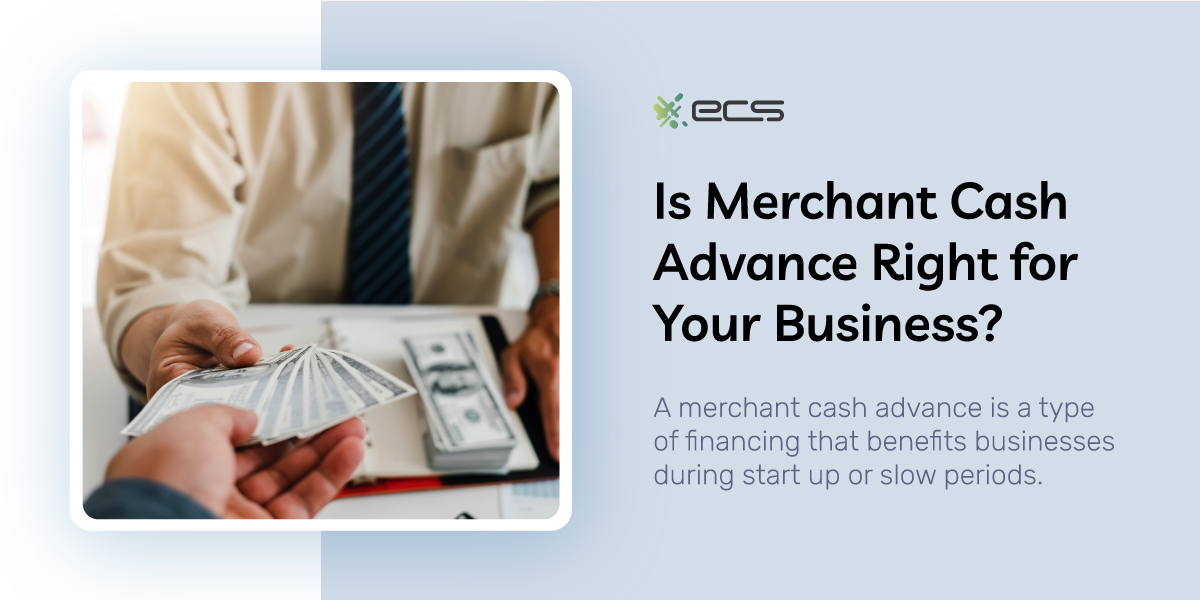A merchant cash advance is a type of financing option for businesses that accept credit and debit cards. Most loans have repayment terms that require the merchant to proactively make payments. The merchant cash advance or MCA is different because it is automatically repaid from incoming card transactions.
Is a true merchant cash advance right for your business? Before we answer that question, let’s talk about the Doldrums.
What Are the Doldrums?
During the height of the Spanish Empire, large galleons carried gold from the New World back to Spain. One thing captains and crew feared more than pirates was getting stuck in the doldrums of the Sargasso Sea.
This area of the Atlantic Ocean was filled with seaweed that could slow the ships down, and not much wind to keep the sails full either. Ships could linger for days or weeks. The situation could become dangerous as food supplies dwindled and exposure to the elements was prolonged.
Your business may not fear pirates (unless you’re in a state that has essentially decriminalized shoplifting), but you should fear the doldrums. Your “doldrums” are the part of the year when business is SLOW (all caps are merited for emphasis).
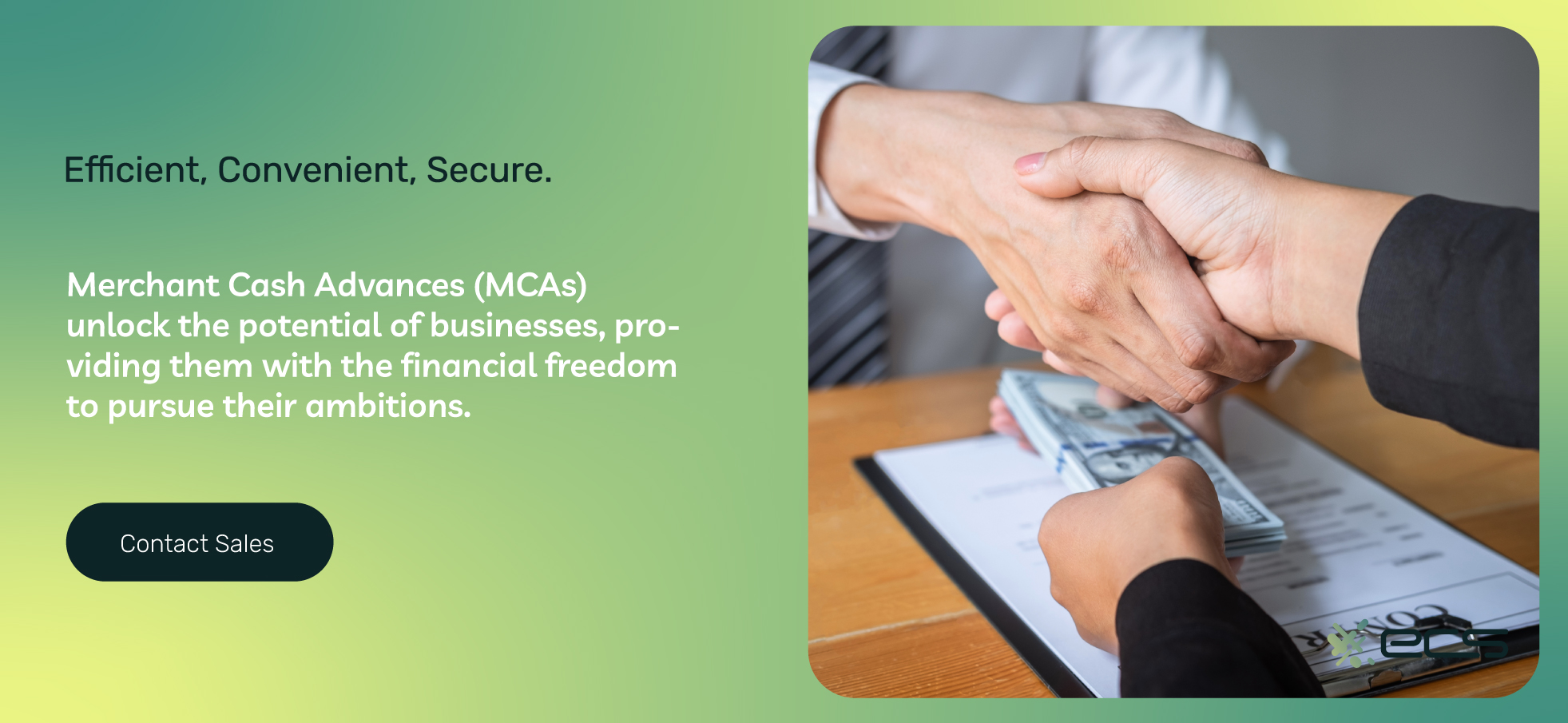
Where Are The Doldrums For Your Business?
The timing of the slow season varies from industry to industry. Businesses that depend on the weather have their own hot and cold seasons, as do holiday-related industries. If your business depends on tourism, your hot months are probably in the winter and summer, while fall and spring are cooler (in terms of traffic).
If your business depends on something else cyclic, it will also have swings in demand. Education-related businesses may be busy during the school year but dead during the summer. Sports-related businesses may have products flying off the shelves during the season but be very quiet in the off-season.
Niche markets also have their seasons. Wedding photographers are busiest in the summer when everyone is having destination outdoor weddings. Construction workers are not so busy in the winter months when snow or wet climates bog work down. Agriculture is another very obviously seasonal industry.
Professional services have their ups and downs as well. Accountants and CPAs might be sweating bullets from January through April but cool as a cucumber from May through December. Plug in your own example—very few businesses are evergreen.
The Importance of Cash Reserves
Slow times for small business owners can be particularly troubling. That’s because fewer customers means less cash flow…although there is more time for Candy Crush. Running a business is not free. There are all sorts of overhead costs like inventory, rent, insurance, and payroll. For most businesses, payroll is actually the largest expense.
It’s not uncommon to find stories of small business owners suddenly going on a diet of Ramen noodles so they could continue to pay their employees. Not that there is anything bad about Ramen… it’s actually quite delicious, especially when you drizzle it in Sriracha and sprinkle some sesame seeds on top.
But what if you have to decide between paying your home energy bill and the energy bill for your business? What if you have to decide between car insurance for your personal vehicle or your service vehicles?
Established corporations are often able to deal with situations like this by having cash reserves. Apple is sitting on $203 billion in cash. Google is sitting on $169 billion. Microsoft $132 billion, Amazon $86 billion, and Meta $54 million. Noticing a trend here? They’re all tech companies.
In any case, let’s skip ahead to the average small business. According to Chase Bank, the average small business has just about $12,100 in cash. Wow! For some businesses, that’s enough to cover one month of expenses. For some businesses, that’s enough to cover a week. And for some businesses, that’s not even enough to cover one day.
Cash Reserves By Industry
The picture is more nuanced than that. Cash reserves typically vary by industry. Tech manufacturers typically have $34,000. Wholesalers $18,500. Construction $10,700. And personal services $5,300.
Some business types can “get away” with having fewer cash reserves. For example, some personal service providers have a home office and are sole proprietors. They’re going to work from home, and they have to pay their mortgage anyway. There is nobody on their payroll. If cash reserves are low, no problem.
Other business types cannot “escape” from the cash reserve issue. Manufacturers have high overhead costs and cannot keep production running if there is no money. Some businesses have unique ways of building cash reserves when they need them. For example, contractors will often request partial payment in installments as construction moves along, providing plenty of money for supplies and labor.
Inflows, Outflows, and Building Cash Reserves
The cash reserve is a buffer zone between existence and shutting down. Many retailers negotiate Net-30 or even Net-90 terms with their suppliers. But landlords expect their rent on the first of the month (or whatever day is agreed upon). Employees expect their paychecks on time, or they’ll walk out (perhaps after destroying your toilets).
The problem is that most small businesses are not making money hand over fist. Remember the list of companies with the largest cash reserves and that they were mostly tech companies? Tech companies have been making money hand over fist as cloud-based software explodes (not literally, but in terms of usage).
What about the average small business? The median daily cash inflow is $381, with an outflow of $374. Don’t faint—this does include the owner’s salary as well. Even so, a net profit margin of $7 isn’t working any wonders. With numbers like these, it would take such a small business almost five years to build up the measly $12,000 in cash reserves mentioned earlier.
Entering The Buffer Zone
We don’t want this bad news to become the dead horse we keep on beating. So, let’s just mention one more thing. Let’s look at these numbers in terms of buffer zones. Let’s see how many days a business could stay afloat with the salted pork and hard biscuits down below (returning to our earlier sailing metaphors).
25% of businesses have fewer than 13 buffer days, and 25% have more than 62. The middle 50% has an average of 27 days. Some industries that fall within the middle section of the bell curve are restaurants (16 days), retail (19), personal services (21), wholesalers (23), healthcare (30), high-tech services like IT (33), and real estate (47).
Where does your business fit into that list? Labor-intensive and low-wage industries tend to have fewer cash reserve buffer zone days than others. Restaurants and retail businesses get both sides of the stick, being labor-intensive and low-wage.
Interestingly, businesses in certain metro areas (San Francisco, San Jose, and Seattle) had much larger buffer zones than businesses in southeast metro areas (Atlanta, Orlando, and Tampa). That difference is probably explained by the saturation of tech businesses in the first set of cities.
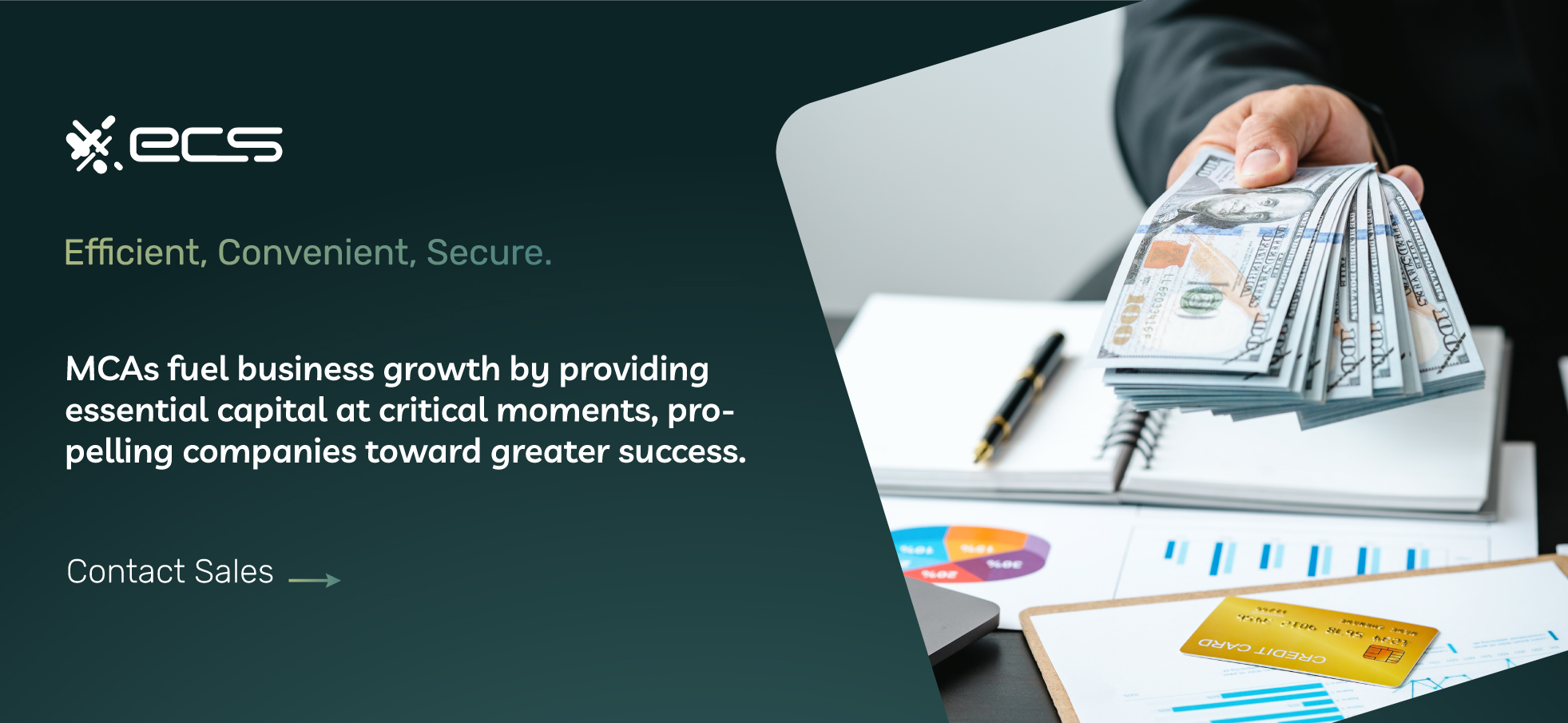
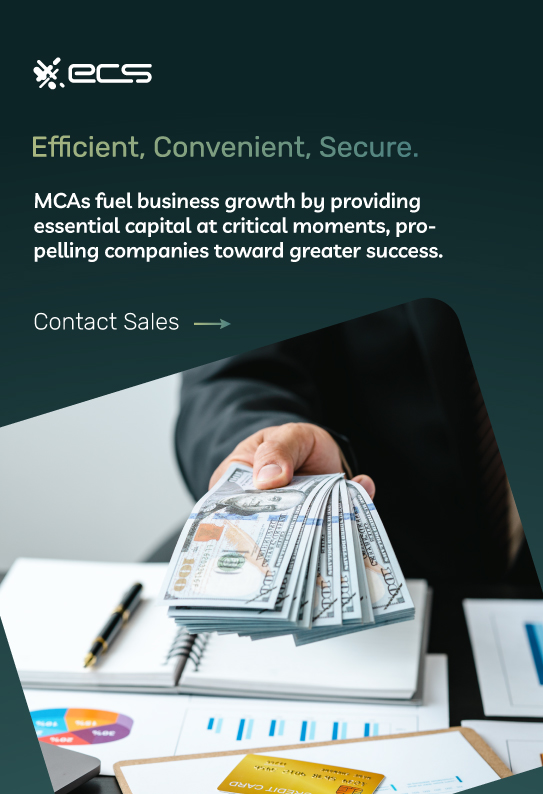
Can Sales Fix Cash Flow Problems?
The first thing a business might try to do when cash flow slows to a trickle is stimulate some sales. They can try to attract old customers or draw in new ones. Customer acquisition costs vary per industry, but generally speaking, it’s much easier to sell to current or previous customers than to get new ones.
Businesses today collect contact information from their customers, such as email and phone numbers. These can be channels for marketing a coupon, sale, or special. Social media platforms are also a great way to reach followers. You can even get ads in front of browsers who have previously expressed interest in your business.
This strategy works “well enough” for the expected doldrums. For instance, you will see many retailers promoting sales and specials between January 1 and tax day. This is a “slow season” after the holiday craze. There are some dates therein that can be spun into sales, like Valentine’s Day and President’s Day.
Limitations To The Sale Strategy
Using sales to stimulate cash flow has its limitations. First off, the average consumer needs to see something 7-14 times before they take action. If you want to jump-start cash flow NOW, marketing is not going to do that. Even if you use the “scarcity effect,” many customers will not make their move until you’ve messaged them several times.
A Harvard Business School study found that 24% of marketing leads take more than one day to respond, while 23% never respond at all. That’s nearly half of your leads right there, taking their sweet time to help your cash flow crisis. What are you going to do if you’re among the 25% of businesses that have fewer than 13 buffer days?
The issue is compounded by the time and effort needed to create such marketing campaigns. This is another reason that known and navigated “doldrums” can be somewhat salvaged with marketing: there is time to plan the Valentine’s Day Campaign. There is time to design the email ads, time to create the Instagram Reels, and time to reach out to influencers to endorse your product and provide them with talking points.
Doldrums May Be Completely Outside Your Control
Surprise! Some doldrums are outside of your control. Natural disasters, inflation, bad economies, acts of terrorism, and global pandemics have all disrupted marketplaces around the world within the past several years.
Marketing campaigns can only go so far with consumers having to decide between gas and groceries. They have limited B2B impact if suddenly your customers have to shutter their own consumer-facing business fronts.
By contrast, there is NO time when the cash crunch happens suddenly, like a tornado touching down out of the blue. You do not have the luxury of creating marketing campaigns and letting the responses roll in just in time to keep you afloat. Sure, you will hear of businesses that have that Hail Mary touchdown or bottom-of-the-seventh home run. But these are exceptions.
What About Getting a Business Loan?
A business might attempt to solve the cash crunch with a small business loan. This type of traditional bank loan is a funding option that can provide businesses with working capital. The repayment schedule is usually very reasonable. At the time of this article, the rate for business loans ranged between 5.89–12.23%.
The downside to the business loan is that the application process can take longer than you have to wait around. SBA loans may take between 30 to 90 days for approval. For at least 50% of small businesses, this is twice, thrice, four times, or five times the amount of time they actually have to stay afloat.
A business loan is a type of financing that is better for long-term planning, like a phase of growth. They are not a good financing option to respond to emergencies like an unforeseen cash crunch. When you first started your business, you might have taken out an SBA loan. But it’s not going to help you in a timely manner when you need funding now.
What About a Business Credit Card?
Most businesses have a business credit card. Credit cards are convenient purchasing tools because they do give the merchant some time to cover the cost of what was purchased. However, balances carried month to month do accrue significant interest.
At the time of this article, the average business credit card has an interest rate of 22%. This is a very high interest rate that most cardholders would want to avoid. If you have to use credit cards to stay afloat, and business does not pick up, you’ll be up interest creek without a paddle.
The other issue with business credit cards is that they have limitations about how they can help. They might be able to help cover fixed expenses like utility, rent, and insurance. They might also be able to help with fluctuating costs like inventory. However, they cannot cover expenses that need to come from a business bank account, such as your payroll.
Merchant Cash Advance For Small Businesses
Now, let’s introduce the idea of merchant advances. A merchant cash advance or MCA is different from a typical loan. For starters, it’s not really a loan. A merchant services provider cash advance gives you cash in return for a portion of your future sales.
To be more precise, there are two ways this cash advance can be repaid: percentage of debit and credit card transactions and fixed withdrawals from a bank account. The first option is more typical of MCAs. The provider will take a fixed percentage of your card sales every day or every week until the advance is paid off.
The second option is less traditional and more akin to loan repayment. In this method, the provider will simply withdraw a fixed amount from your business account every day or week. Typically, this amount is based on your revenue numbers.
Either way, the repayment period is typically 3 to 18 months. If you’ve chosen to repay the advance with a portion of your sales, the repayment will obviously go much faster if your sales volume increases.
How Does A Merchant Cash Advance Work?
Unlike traditional loans, MCAs have factor rates instead of interest rates. Factor rates are presented as a decimal instead of a percentage and typically range between 1.1 and 1.5. As an example, if your MCA is $20,000 and your factor rate is 1.3, the total repayment amount is going to be $26,000.
Factor rates are fixed, meaning they do not fluctuate. This is much different than business credit cards, whose variable rates do change based on factors like the prime rate. The factor rate also only applies to the initial loan amount. This is much different than an APR, which applies to the entire balance even as you’re paying it off—and compounds over time, snowballing your interest.
Let’s look at a practical example. Going back to our $20,000 MCA at a factor rate of 1.3, the “interest” for this loan will be $6,000. This could be spread out over 3-18 months, depending on your sales volume. By contrast, let’s say we used a business card to cover a $20,000 purchase at an APR of 20%
This would be $4,000 per year. If you pay the balance down by $1,000 per month, you’d be looking at a 24-month repayment period and $3,956 in interest. If you pay it down by $500 per month, you’d be looking at 62 months and $10,772 in interest.
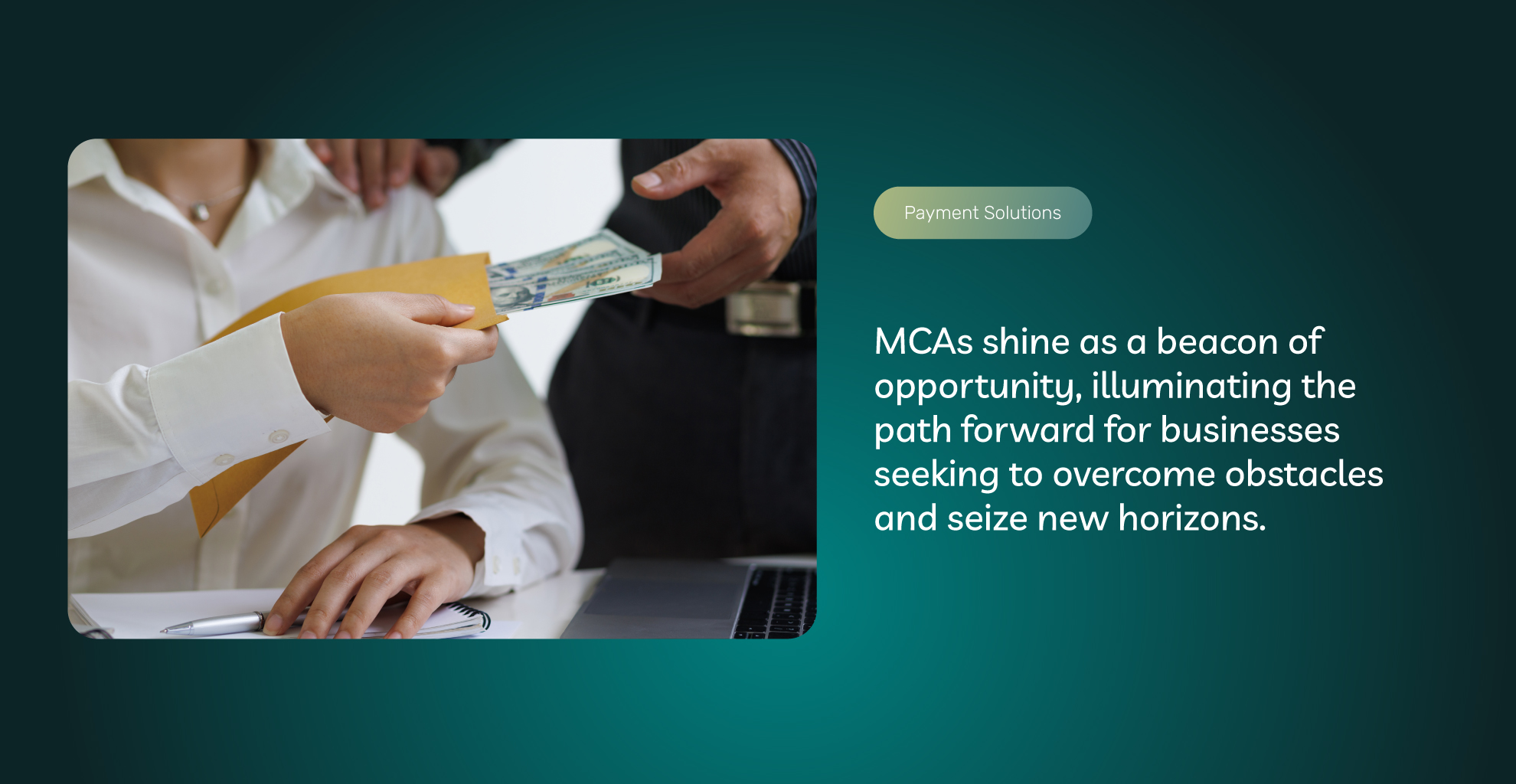
Do Merchant Cash Advances Have High APRs?
The above example tells you that an MCA could be more or less expensive than using a business credit card, depending on how quickly you repay it. If you can pay off your credit card quickly, the APR may be lower than the factor rate. But if you can’t, it could be higher.
There’s no way of slicing and dicing the upshot: MCAs can have high “APRs.” But part of that is based on your sales volume. Let’s use our $20,000 MCA example again, with a factor rate of 1.3, or $6,000 in fees. Let’s also say the repayment plan is 10% of your sales volume.
If your monthly sales volume is $60,000, you’ll pay this off in one month. Technically speaking, that’s an APR of 1,920%. However, that APR has zero effect on how much you’re repaying because that amount is set in stone by the factor rate.
Suppose your monthly sales volume is $20,000. That means you’ll pay off the MCA in three months. Technically speaking, that’s an 880% APR. But once again, that really has no relevance. Your total “interest” will still be $6,000, no matter your sales volume.
In conclusion, MCAs do have high APRs. But part of that is because of the accelerated payment plan. Ironically enough, the faster you pay off the MCA, the higher its “APR.” But the APR is totally irrelevant because the total interest is set in stone.
How Are Merchant Cash Advance Factor Rates Determined?
Your industry is one factor that goes into the factor rate. Seasonal businesses and certain types of businesses are viewed as inherently more risky. Then there is the number of years you’ve been in business. The longer that is, the lower your factor rate.
Your credit history can factor in as well. If your business is a sole proprietorship or even a pass-through entity (like an S-corp), that may mean your personal credit as well. Then, there are the business financials: cash flow, growth, and cash reserves.
Finally, the creme-de-la-creme (or whatever French expression is most appropriate here): your credit and debit card sales. Since an MCA is going to typically be repaid from these sales, this is the most important factor. It may be able to sway your provider in the face of weaker signals like personal bad credit.
Is A Merchant Cash Advance Right For Me?
Let’s recap: MCAs are typically quicker and easier to get than traditional bank funding, like a business loan. They provide greater flexibility than business cards because you’re getting actual cash you can use for payroll and other expenses you can’t “swipe.”
MCAs do have high “APRs,” but recall that these rates are irrelevant. They do not change the amount in fees you will owe, which is fixed by the factor rate. Part of the reason MCAs seem to have high APRs is because they have more accelerated repayments. As your sales volume increases, so does your monthly payment, and subsequently, the associated “APR” rises.
But at the end of the day, the APR means nothing. Your factor rate fixes the repayment amount. Compared to paying a business credit card over 24, 48, or 60 months, this is probably going to be a lot less “interest.”
An MCA is right for a merchant who needs funding now and who can repay the funding from their future cash flow. If you have any more questions about merchant cash advances, we’d love to hear from you. Tell us about your industry, how many years you’ve been in business, and what your cash crunch needs are. Fill out the form below or give us a call.
Frequently Asked Questions About Merchant Cash Advances
A merchant cash advance is a financing option for businesses if they accept credit and debit cards. It differs from traditional loans as it is automatically repaid to the lender (payment processor or merchant service provider) from their incoming card transactions, offering a more flexible repayment structure. Contact ECS Payments to learn more about applying for a merchant cash advance for your business.
MCAs can get a business up and running or provide quick access to funds during slow or turbulent periods and offer more flexibility in repayment. Contact ECS Payments to learn more about applying for a merchant cash advance for your business.
Unlike traditional loans, MCAs are repaid through a fixed percentage of your daily or weekly card sales, offering flexibility in repayment that aligns with your business’s cash flow. And While they may have higher “APRs,” the fixed repayment structure can be more cost-effective. Contact ECS Payments to learn more about applying for a merchant cash advance for your business.
MCA factor rates are determined based on your industry risk, your business history, credit history, financials, and card sales. Contact ECS Payments to learn more about applying for a merchant cash advance for your business.
